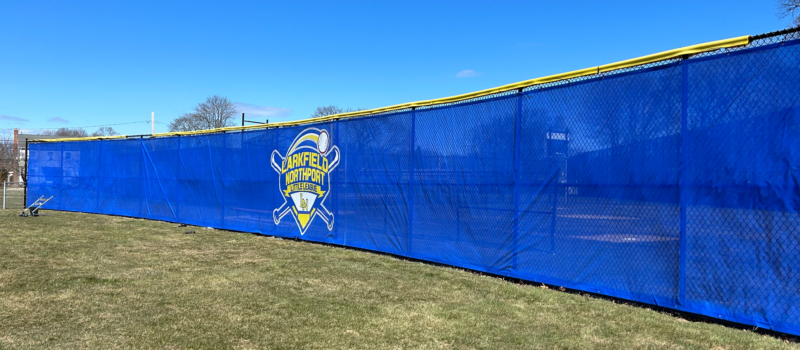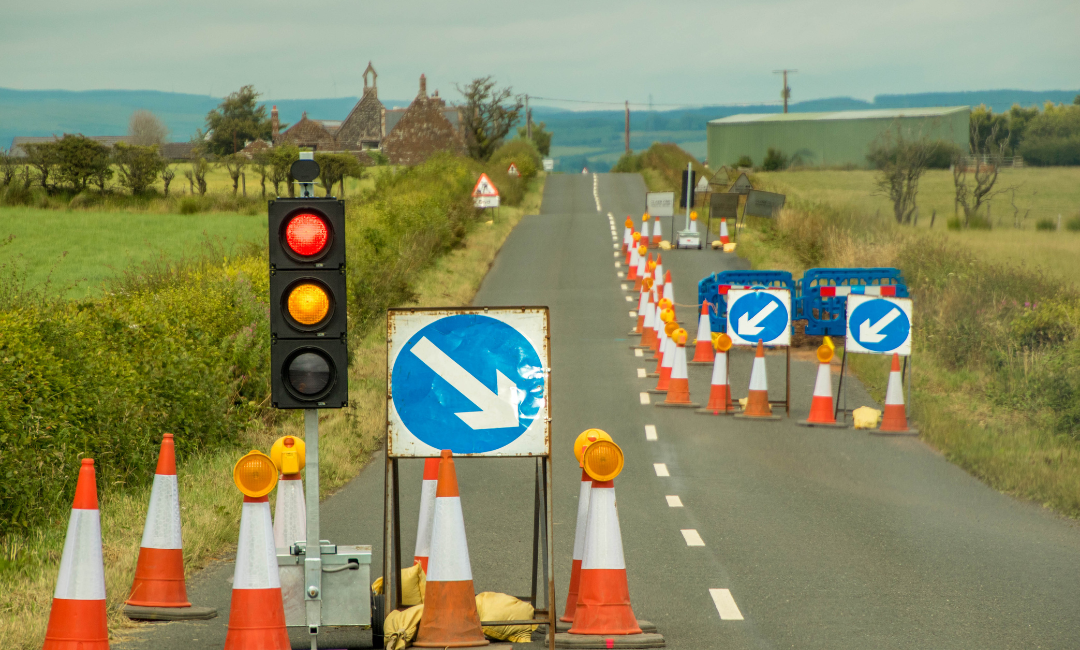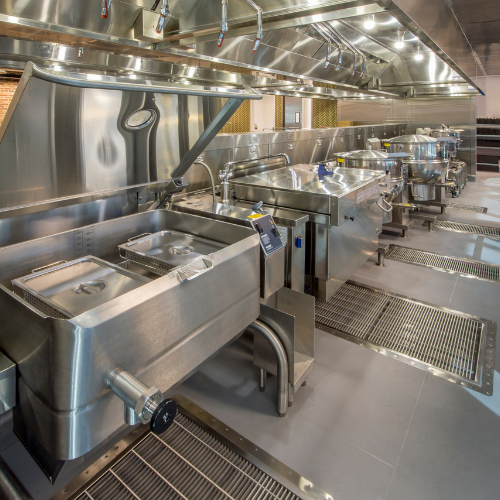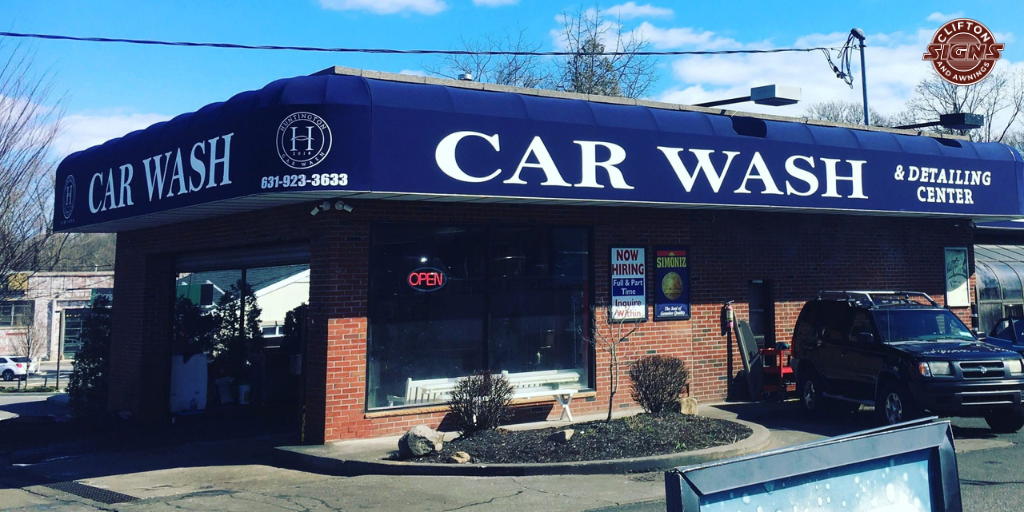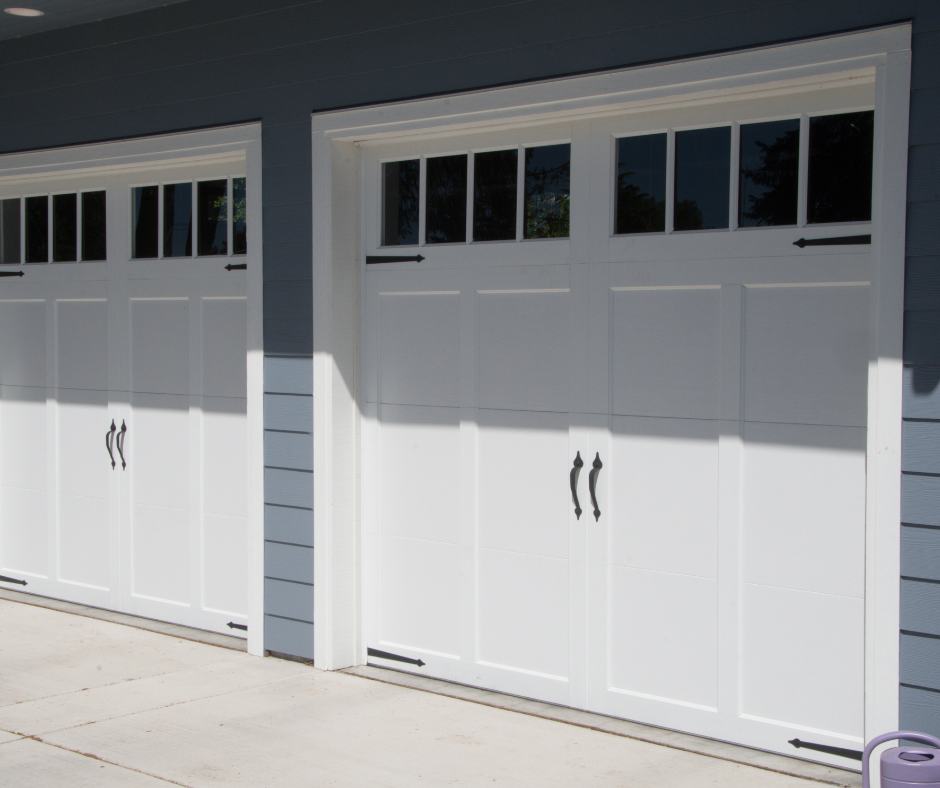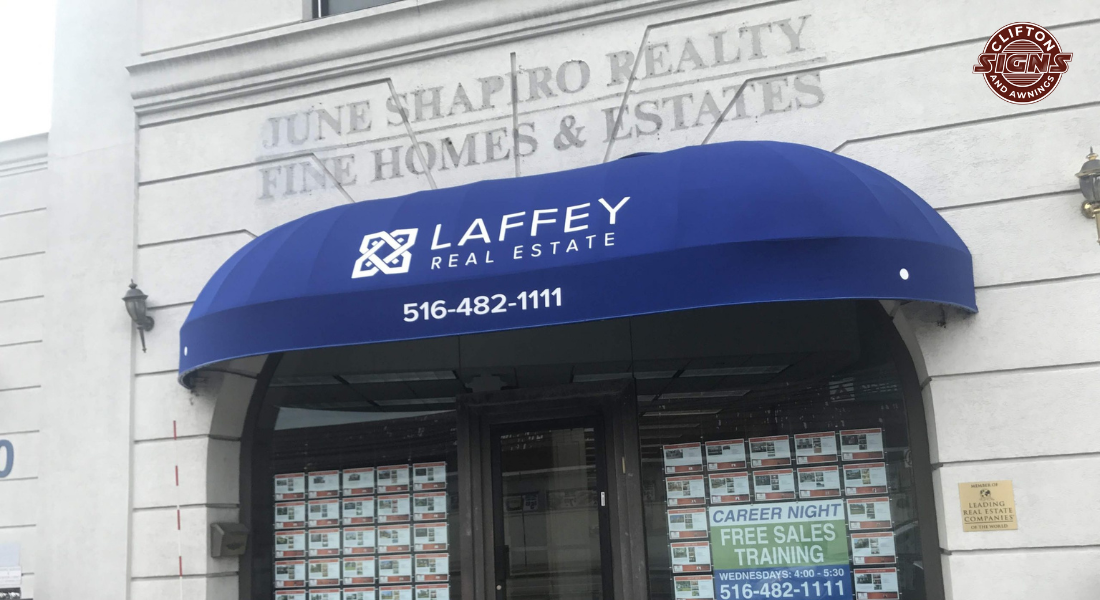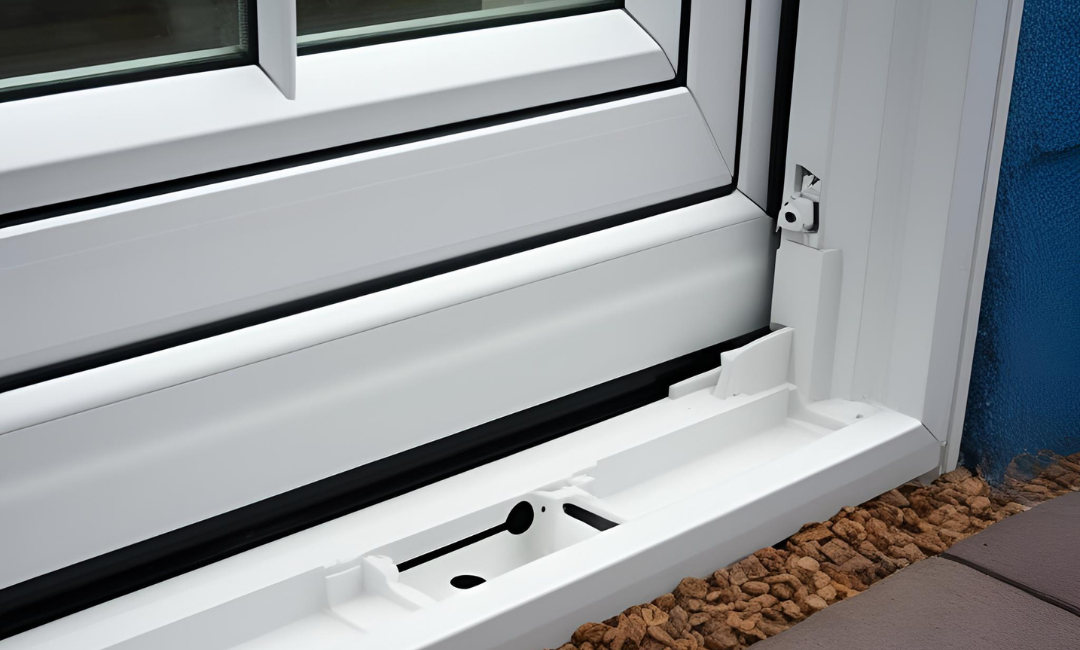Mesh banners are a popular option for outdoor advertising due to their durability and ability to withstand strong winds. The process of creating these banners involves several key stages, from design conceptualization to final production. This guide will walk you through each step of the mesh banner printing process, helping you understand how banners are designed, printed, and prepared for display.
1. Conceptualizing the Design
The first stage in mesh banner printing is to develop the design. This involves examining the banner’s purpose, target audience, and display position. For example, a banner for an outdoor performance may have vivid, eye-catching pictures, but one for a business function may have a more refined design.
Custom banners and signs must be visible from a distance, therefore color and font selection is critical. Designers must also consider mesh openings, which enable wind to flow through. This means any small details might not translate well into the final product. Simple, bold designs work best for mesh fence signage to maintain visibility and clarity.
2. Preparing the Digital File
Once the design concept has been established, the next step is to generate a print-ready digital file. To achieve clean and clear graphics, this file should be high quality, usually 300 DPI (dots per inch). Vector formats like AI (Adobe Illustrator) or EPS are often preferred, as they allow scalable designs without losing quality.
Artists must account for the bleed zone—the excess area at the edges of the design that ensures that the art extends completely to the edge of the banner after printing and cutting usually with 1 inch of bleed -2 including the design dimensions.
3. Choose the right materials
Mesh banner printing requires strong materials that can resist outdoor conditions. The mesh screens are made of perforated PVC material to allow airflow through the banner, reducing radiation exposure. The holes make mesh screens lighter and less likely to tear, making them ideal for outdoor use in windy conditions. It is important to select a quality mesh material. This ratio balances durability with visibility, making the banner suitable for mesh fence signage and other custom applications.
4. Printing the Banner
The banner is produced when the design has been completed and the material has been chosen. The design is printed on mesh material using large-format printers. These printers employ UV-resistant inks, ensuring that the banner remains brilliant even after extended exposure to sunlight.
The printing process typically uses CMYK color mode to achieve a wide range of colors. The mesh material is fed into the printer, which applies the design directly to the surface. Given the size of these banners, the printing process can take some time, especially for larger projects, such as creating custom banners and signs for major events or installations.
5. Cutting and Finishing
After printing, the banner needs to be cut to size. The bleed area plays a significant role here, ensuring that the design reaches the margins without cutting off critical features. The banner is then hemmed and strengthened, particularly at the edges, to avoid fraying.
Grommets (metal rings) are often added periodically at the edges. These grommets make it easy to attach the flag to fences, trees, or other structures. For larger banners, reinforced belts and double stitching may be used to further increase durability.
6. Quality Control and Final Inspection
Before the banner is shipped to the buyer, it undergoes a final inspection. This includes testing for print quality and color accuracy, and ensuring the material is fault-free. The grommets and hems are further checked to guarantee that the banner will endure outdoor conditions.
7. Delivery and Installation
Once the banner passes quality control checks, it is rolled up and packaged for delivery. Some companies additionally offer installation services, ensuring that the banner is securely fastened to prevent damage or inappropriate display. Installation usually entails tying the banner using zip ties, bungee cords, or other fastening techniques, depending on the structure to which it will be connected, such as fences or poles for mesh fence signage.
Conclusion
Mesh banner printing is a meticulous procedure that begins with a well-planned design and finishes with a long-lasting, wind-resistant product suitable for outdoor display. Every step in creating eye-catching and long-lasting bespoke banners and signs is critical, from selecting the correct materials to reassuring high-quality printing. Mesh banners are an efficient and dependable solution for outside promotions, whether it’s a company event, outdoor advertising, or community message.
For the best mesh banner printing services, Baseball Windscreen provides customized solutions with long-lasting materials, vibrant printing, and quick delivery. Their high-quality custom baseball windscreen products are perfect for enhancing your sporting venue while providing much-needed wind protection. Reach out to BASEBALL WINDSCREEN for premium outdoor signage that balances functionality with visual appeal.

